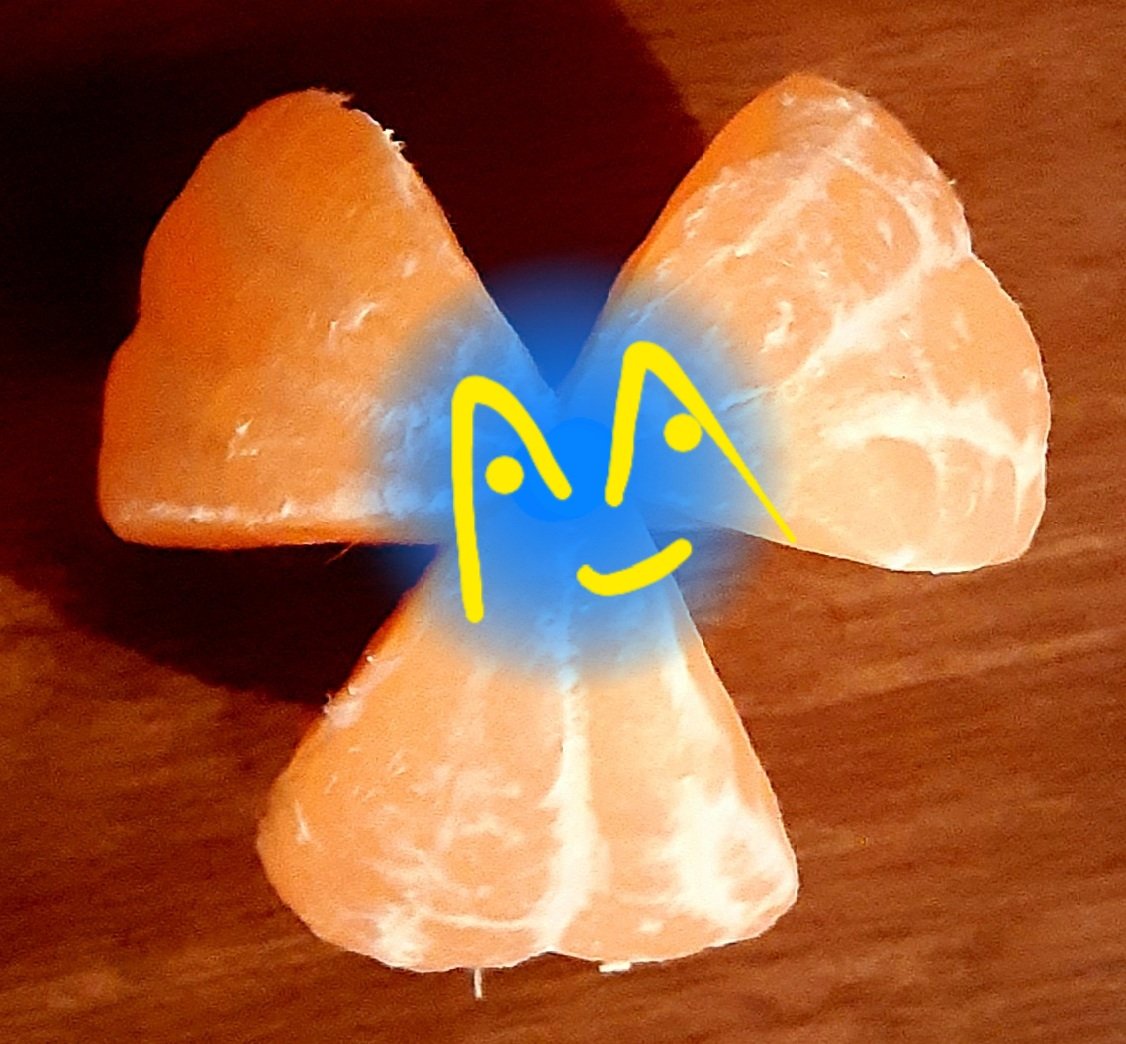I read up and down the article and couldn’t help but wonder if EUV tin droplets could somehow be captured and reduced to smaller sizes required by this new stolen process that China is claiming to have discovered. Somehow I thought maybe they are trying to relate the two technologies…oh no, we’re not developing EUV machines from stolen company secrets! We’re recycling CO2!
But I’m hoping to be wrong.
… this new stolen process that China is claiming to have discovered (…)
Where did you see evidence that China is stealing somehow these discoveries ?
Supporting Information
Modulating CO2electrocatalytic conversion to organics pathway by the catalytic site dimension
Authors:
Haiping Xu,a,b,†, Jianxin Wang,a,b,†, Haiying He,c*, InhuiHwang,d, Yuzi Liu,e, Chengjun Sun,d, Haozhe Zhang,a,f, Tao Li,b,d, John V.Muntean,a, Tao Xu,b*, Di-Jia Liu,a,f*
Affiliations:
a - Chemical Sciences and Engineering Division, Argonne National Laboratory, Lemont, IL 60439, USA.b - Department of Chemistry and Biochemistry, Northern Illinois University, DeKalb, IL 60115, USA.
c - Department of Physics and Astronomy, Valparaiso University, Valparaiso, IN 46383, USA.
d - X-ray Science Division, Argonne National Laboratory, Lemont, IL 60439, USA.
e - Center for Nanoscale Materials, Argonne National Laboratory, Lemont, IL 60439, USA.
f - Pritzker School of Molecular Engineering, The University of Chicago, Chicago, IL 60637, USA.
.* - Corresponding author. Email: djliu@anl.gov, txu@niu.edu, haiying.he@valpo.edu
† - H. X. and J. W. contributed equally to this workOh it’s from their independent labs that they got all the money… I mean research to pay, I mean learn about or discover the discoveries. I don’t think the DOE would be working to give China technology.
hu ? (I am very sorry, I don’t get it, what is this “their independent labs” you mentioned ?)
I think your title is misleading. It was a joint effort between a DOE lab and a Chinese lab.
That aside nothing to me really seems to indicate a relationship between the tin catalysts for this and the euv droplets beyond they’re both tin, and small. For euv, they need to be propelled through the air (and liquid? [might be done by the laser, idr]), but this technology it sounds like they’re solids on a substrate.
Being able to make tin particles a controlled size that small may help euv, but I think it’s a bit of a spurious connection.
… and a Chinese lab. (…)
I read twice the article and then went to read the original paper and still I can’t find any statement about such a Chinese lab.
Ah you’re right, I just read what I thought was there probably because of the subtext op gave. It was just a university lab in Indiana. The only connection then is that some of the people that worked on it are (assuming here) Chinese
No I mean suddenly they will be seeking tin droplet generators for energy production rather than for EUV tech. You know that more area means more reaction and that a molten ton droplet has to land and solidify somewhere. Thus one tech feeds the other.
But probably you can obtain way more surface areas in more efficient mechanical ways.



